Queen City
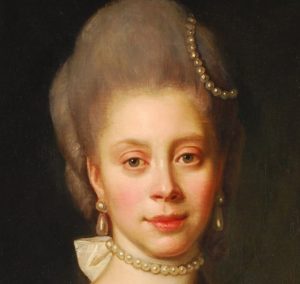
Charlotte North Carolina fascinates me. Its tall trees evoke Gothic cathedrals; its churches inspire admiration; its museums make me think; its women are great role models. But the true sources of my love for Charlotte are our dear friends and cousins who live there and generously share their homes with us. Besides, it’s the only city I know named for a woman and when I’m there, I feel like a queen!
In 1768 Carolina Loyalists named their new town for Queen Charlotte of Mecklenburg, wife of King George III of England. They sought favor with the King, but by 1775, a group in the larger county of Mecklenburg published the Mecklenburg Resolves, a display of defiance that preceded the US Declaration of Independence. The intersection of two Indian trails was the town center and still is, though they are now called Trade and Tryon Streets. I had first heard of Charlotte-Mecklenburg in the mid 60s, when their library system bought lots of books from the publisher I worked for in Cambridge MA, alerting me to a population that loved reading. Charlotteans I’ve met fit that profile.
 In this century Queen Charlotte is still revered; crown logos grace every street sign. While Steve and Jim Cooley played golf at Myers Park, Quail Hollow, and beyond, Allene Cooley was my guide to this regal city for five days in June. I hereby award her a crown for knowing her city so well and guiding me so expertly.
In this century Queen Charlotte is still revered; crown logos grace every street sign. While Steve and Jim Cooley played golf at Myers Park, Quail Hollow, and beyond, Allene Cooley was my guide to this regal city for five days in June. I hereby award her a crown for knowing her city so well and guiding me so expertly.
My previous visits had been in spring and winter, but this time, tall majestic trees and bright-colored flowers appeared in full summer glory. Our first excursion was to the tony Fourth Ward near downtown Charlotte, where our friend Kate Richards joined us for lunch at Alexander Michael’s. The neighborhood was filled with flowers, flags, fountains, tourists, and pets–a happy beginning.
 Sunday morning found us at St. John’s, a very progressive Baptist Church where the Cooleys have been active for years. I appreciated the sermon on Genesis 1 and the music. A large group of young people from the church were setting off for a Habitat for Humanity project in South Carolina; another project underway was to raise greatly needed funds for Nyarweng Primary School in South Sudan. I like a church with missions and with a sense of humor. A couple of years ago there I saw this terrific Christmas card on their bulletin board:
Sunday morning found us at St. John’s, a very progressive Baptist Church where the Cooleys have been active for years. I appreciated the sermon on Genesis 1 and the music. A large group of young people from the church were setting off for a Habitat for Humanity project in South Carolina; another project underway was to raise greatly needed funds for Nyarweng Primary School in South Sudan. I like a church with missions and with a sense of humor. A couple of years ago there I saw this terrific Christmas card on their bulletin board:
After church we saw another church being demolished. The steeple was all that remained. At first I worried that Methodism might be on the decline, but Sharon United Methodist Church is only changing its name and worshipping in a movie theater temporarily. Their website expresses their hopes:
To better serve the SouthPark community, the congregation of Sharon United Methodist Church decided not only to change our name to SouthPark Church, but also to tear down our iconic building in order to redevelop our 7-acre property into a mixed-used development. This new modern campus will create a place where people can live, work, shop, eat, enjoy the arts and worship. Anchoring the development will be our new home of SouthPark Church, launching the ‘Love SouthPark’ initiative, a project to create a place where the church and community intersect. We believe that love transforms, and we want to be present in our SouthPark community in big ways. We believe this project will empower our mission to be the spiritual crossroads of SouthPark. For many years the church has been in a Dream Big phase, but we are excited to announce the construction on the project has begun.
 Religious faith seems very important in Charlotte. Trip Advisor reports that the Billy Graham Library is #1 of 189 Things to do in Charlotte. Maybe we should visit it next time. This time we went to see the exhibit, Wrestling the Angel, at the Bechtler Museum. This exhibition presents a number of artists who use religious iconography to inform their artistic projects. The title comes from Genesis 32: 22- 32, the story of Jacob wrestling with an angel. Perfect for someone like me who constantly struggles with doubts. At home I spent hours annotating the works we saw in this album and probing their possible meanings .
Religious faith seems very important in Charlotte. Trip Advisor reports that the Billy Graham Library is #1 of 189 Things to do in Charlotte. Maybe we should visit it next time. This time we went to see the exhibit, Wrestling the Angel, at the Bechtler Museum. This exhibition presents a number of artists who use religious iconography to inform their artistic projects. The title comes from Genesis 32: 22- 32, the story of Jacob wrestling with an angel. Perfect for someone like me who constantly struggles with doubts. At home I spent hours annotating the works we saw in this album and probing their possible meanings .
Sunday evening, Allene, Kate, Carol Walsh and I joined a large crowd at the Charlotte Symphony Pops concert of John Williams’ music in SouthPark. I was thrilled to hear again this orchestra I had first encountered three years ago. Christopher James Lees conducted a performance of Star Wars with a lightsaber! Allene and I liked the score of Jurassic Park the best. Many kids were dancing. Strong evidence of music lovers–check.
Allene generously shared her friends with me. We saw the movie RBG with Libby Eleazer, who liked it almost as much as I did and sent me a nice note later. We had lunch with Karen Vagianos, with whom we reminisced about our travels together in Ireland in 2006 and caught up with our lives since then. And we visited Kate Richard’s sister, Mary Ellen Kennedy, who is an expert miniaturist. A fan of Anne Perry’s mystery novels, Mary Ellen had re-created in miniature the room of the heroine in The Cater Street Hangman and even gave me a copy of that book. We had first met her at a miniatures show–a whole new world to me–where I bought a tiny grand piano for the doll house I maintain for my grandchildren. Rarely have I observed so much patience and attention to detail.
In an earlier visit Allene had taken me to the Mint Museum and the McColl Center for Art and Innovation, where we saw an exhibition of Dustin Farnsworth’s sensitive responses to Black Lives Matter. Like Wrestling the Angel this year, that exhibit made me think. We had also toured the Levine Museum of the New South, which displayed the history of Charlotte. There I bought Sorting Out the New South City: Race, Class, and Urban Development in Charlotte, 1875-1975 by Thomas W. Hanchett, a book that helped me better to understand how Charlotte developed. I was impressed that Frederick Law Olmsted, Jr. participated in planning the city. Like Dallas, Charlottes’s economy was once centered around cotton. Charlotte evolved into a textile center that created many fortunes making uniforms for World War II soldiers; Dallas focused on oil. Both became banking centers and air transportation hubs. Both have had similar patterns of racial segregation. Both are rapidly growing non-coastal cities with great museums.
With this background I was primed for an exhibit entitled “Black Blooded” at the New Gallery of Modern Art in downtown Charlotte. Allene had attended the opening of the exhibit, but was willing to see it again. It spoke to me of diversity of outlook and caring for emerging artists.
Yet another treat awaited me–a visit to Romare Bearden Park. Bearden was both a musician and a visual artist. Ever since I saw an exhibit of his works at the National Gallery in DC in 2003, I have displayed two posters of his art. Bearden was born in Charlotte and lived there until age six, then flourished in Harlem. The Romare Bearden Park is a worthy tribute. The centerpiece is a sculpture, “Spiral Odyssey,” done by Bearden’s friend Richard Hunt in 2017, commissioned by the County of Mecklenburg. Bearden and Hunt were the first contemporary African American artists to have solo exhibitions at New York’s Museum of Modern Art in 1971. Bearden helped found a collective of African American Artists known at “Spiral Group,” who participated in the Civil Rights movement. The marker in the park explains:
In the manner of the Archimedean spiral that advances by radiating outward to embrace all directions, the elegant spiral formed by Richard Hunt’s sculpture symbolizes the widening influence of Spiral Group. It also represents the circular nature of progress and the complexities of Bearden’s multifaceted career, which even in its legacy, continues to ascend.
The Odyssey, Homer’s epic poem chronicling the hero’s perilous voyage home, inspired Bearden as well as Hunt. A form representing a ship’s bow serves as the base of Hunt’s sculpture. A journeying vessel, the ship alludes to forward momentum as well as the suffering experienced by enslaved Africans during the Middle Passage. The sculpture’s ascending height attests to a fortitude of character–strength, tenacity, and liberty. Whimsical vignettes mimicking fish surfing in the ships’ wake, and generative plant life forms inspired by the surrounding garden, signify resiliency and regeneration.
Charlotte’s population in 2016 was 842, 051 and the surrounding area, 2.5 million, making it the 17th largest in the US. It has been blessed with outstanding leaders like Harvey B. Gantt, an architect who was the first African American mayor in the 1980s, and Hugh McColl, former CEO of Bank of America and civic innovator. I have already visited the McColl Center for Art and Innovation and hope to visit the Harvey B. Gantt Center for African American Arts the next time I’m downtown, which they call Uptown. Humor and wit are apparent Uptown. We found these signs posting the distances to other Charlottes…
…and to places recalling literary figures:
One special thrill: getting to meet Allene and Jim’s son George at last, hearing him play his own original piano composition, and sharing dinner with him at Cafe Monte. If only I’d taken a proper photo–the video I took is not worthy of his talent.
Allene, Jim, Kate, Maxann, Jay, Corby & Joe, and Bailee & Len, congratulations for living in such a fine city. Thank you for all you’ve done to make me feel welcome. Yes, I know I’ve left out Charlotte’s sports teams and NASCAR, so please let me know of any corrections or suggestions you have for the next time I’m lucky enough to visit the Queen City.

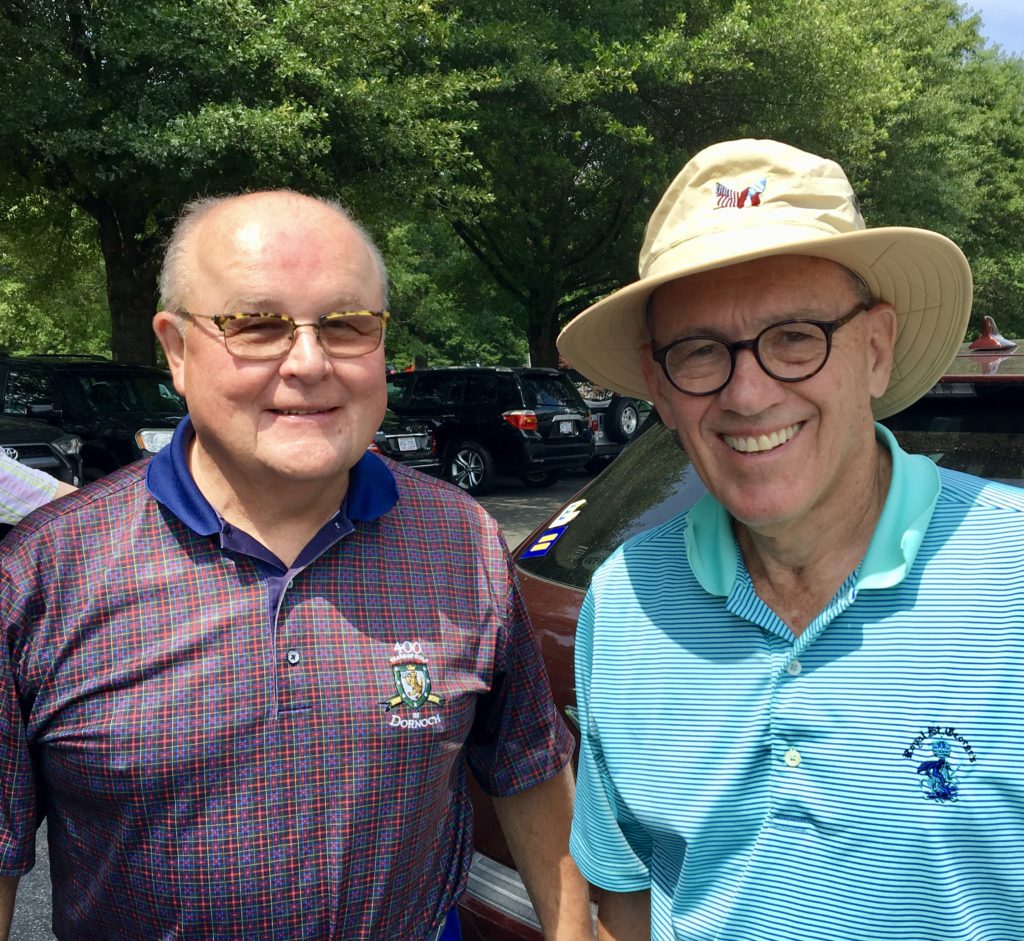


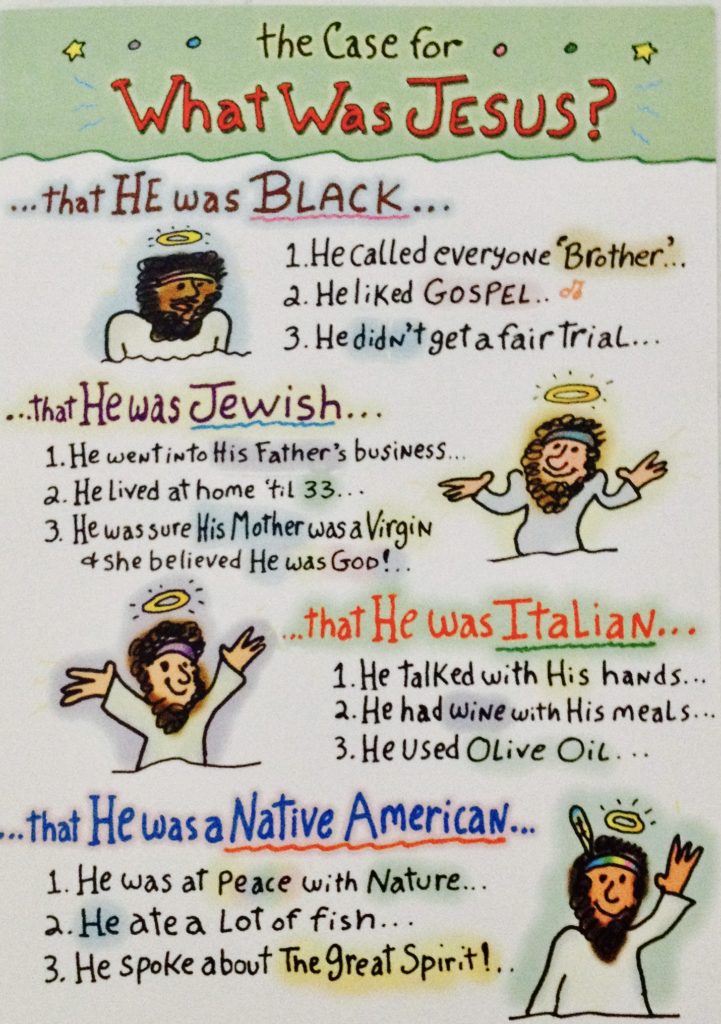
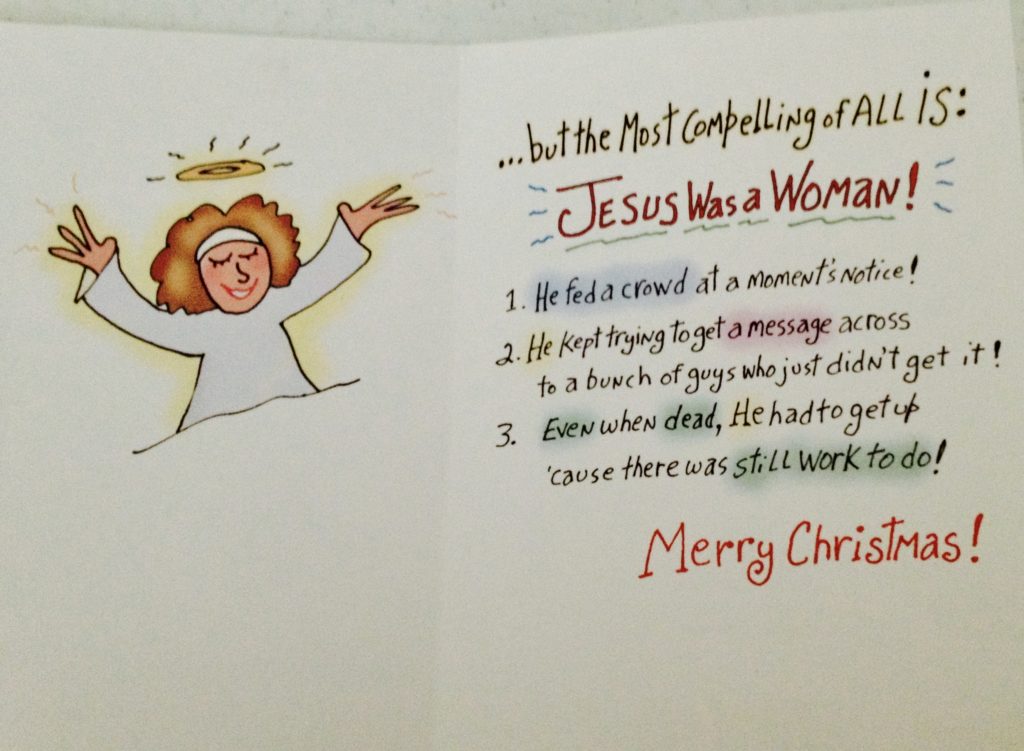
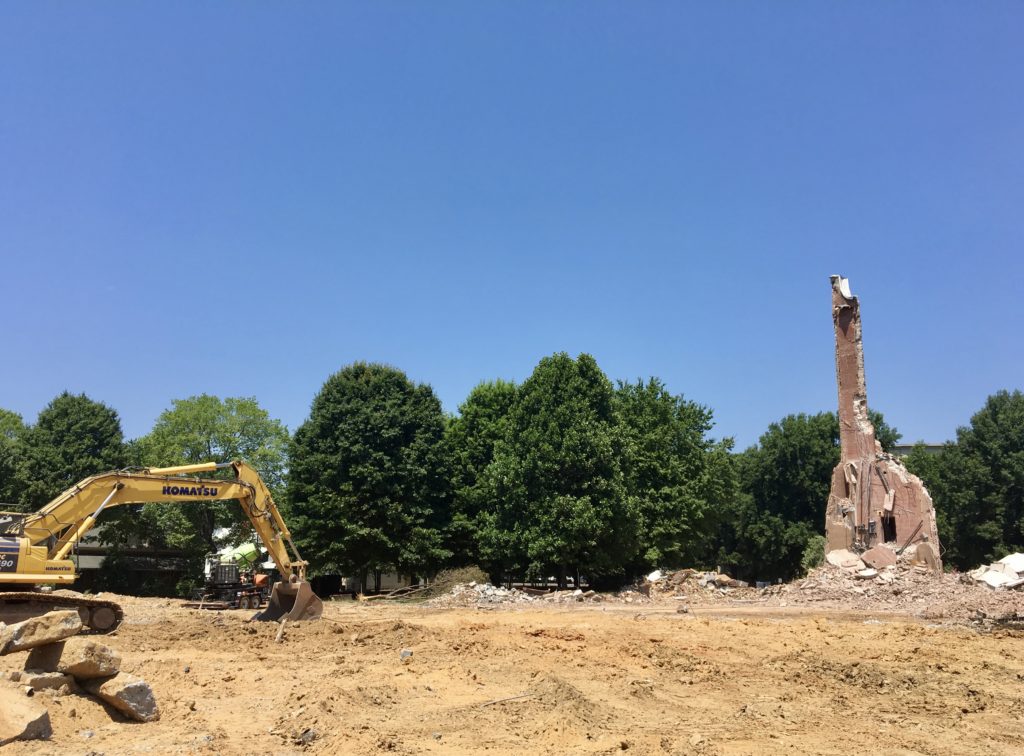

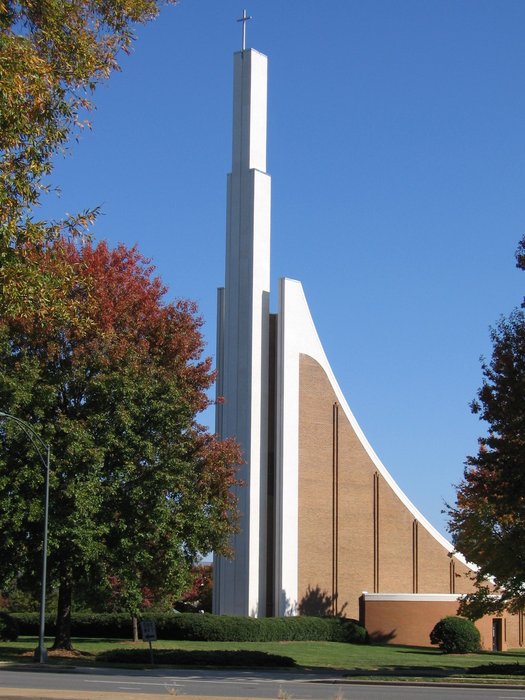
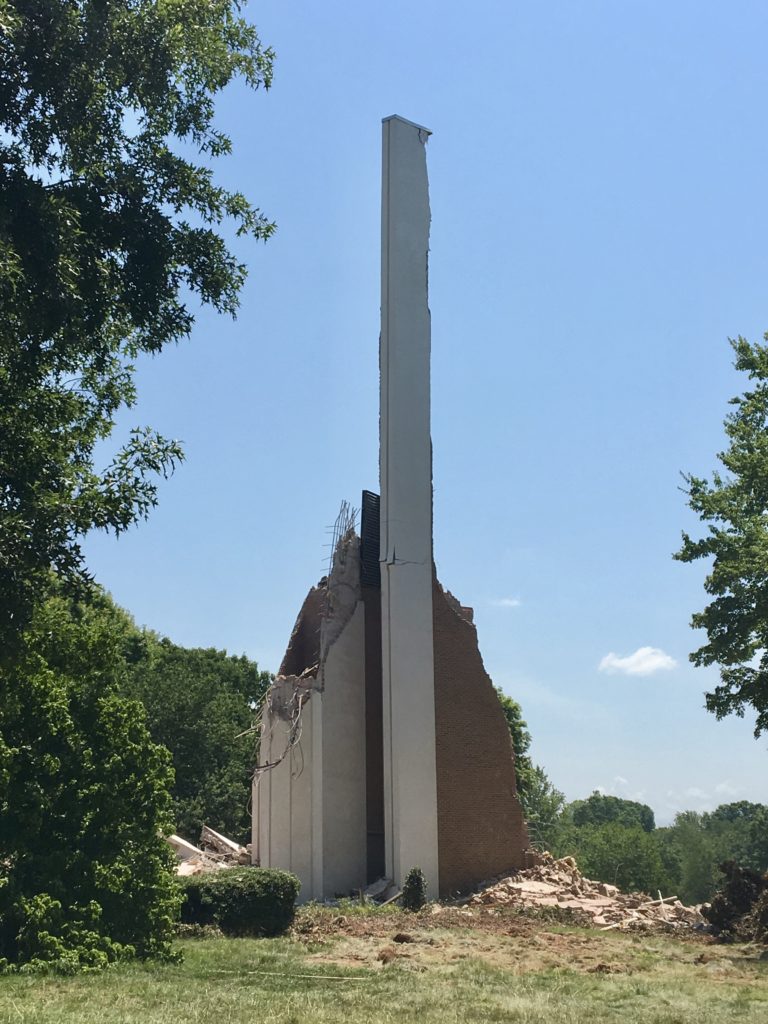
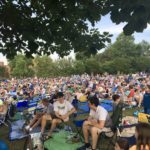
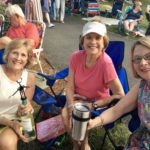
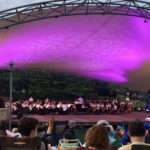
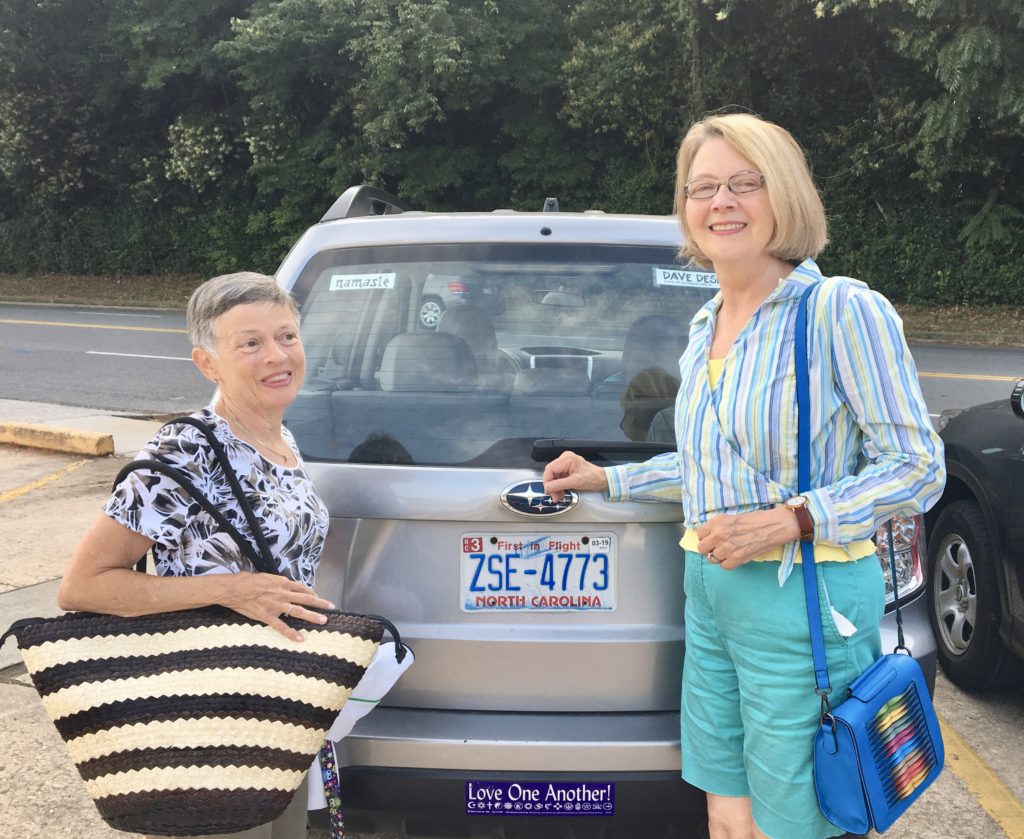
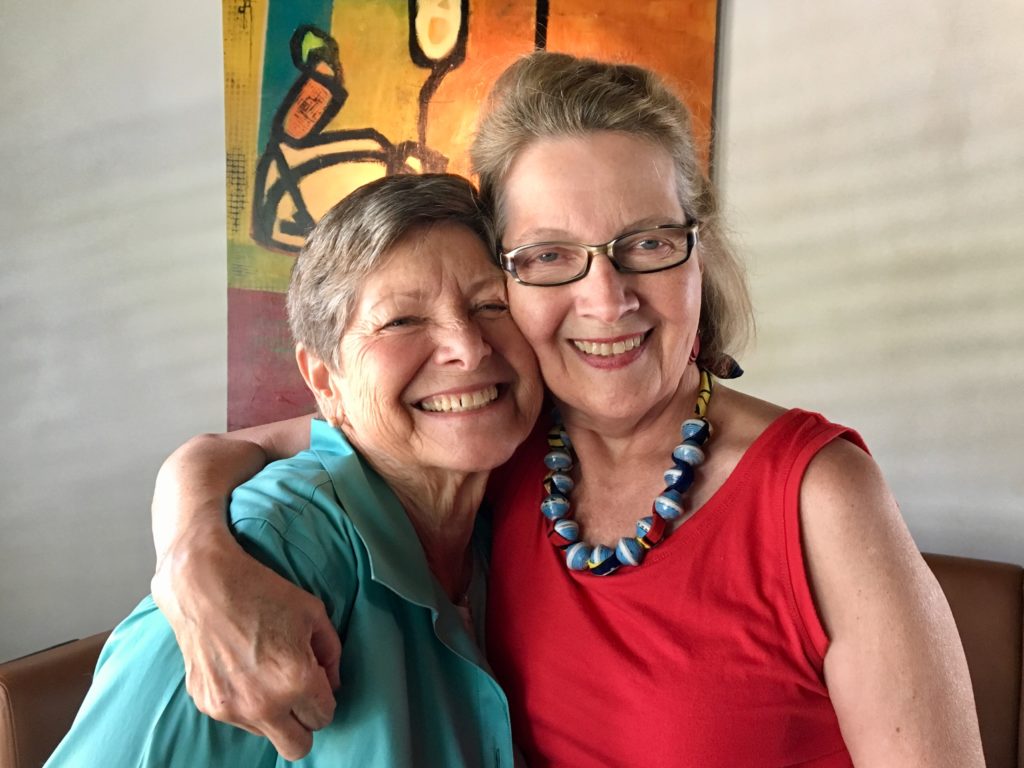
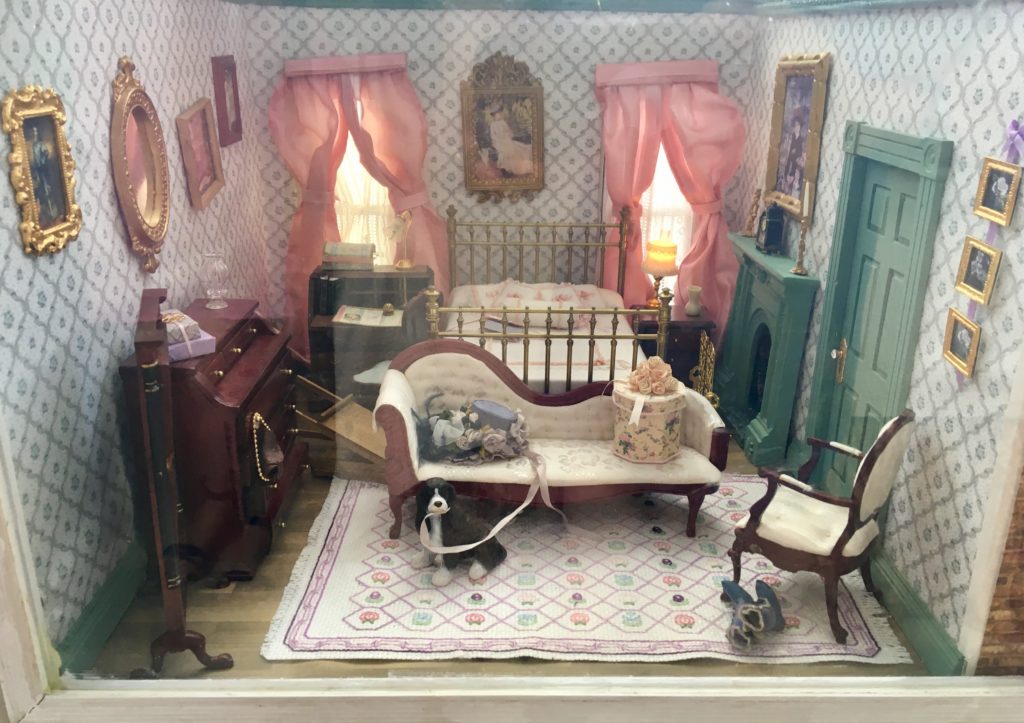
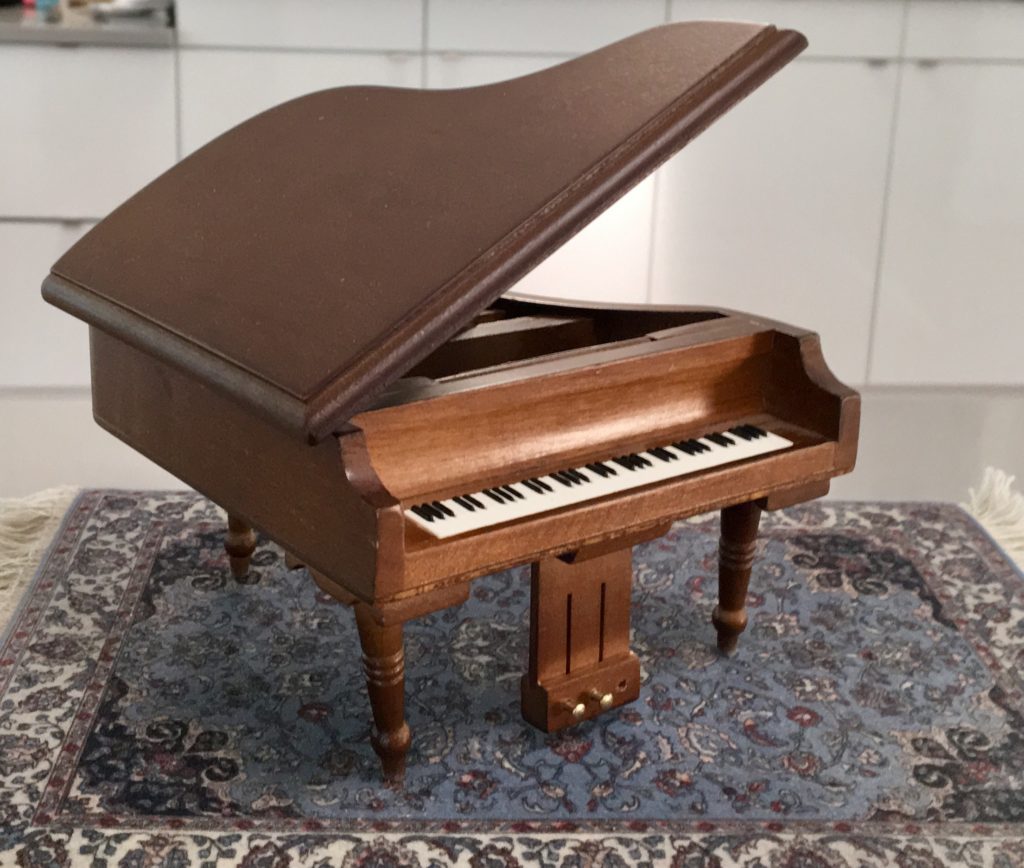
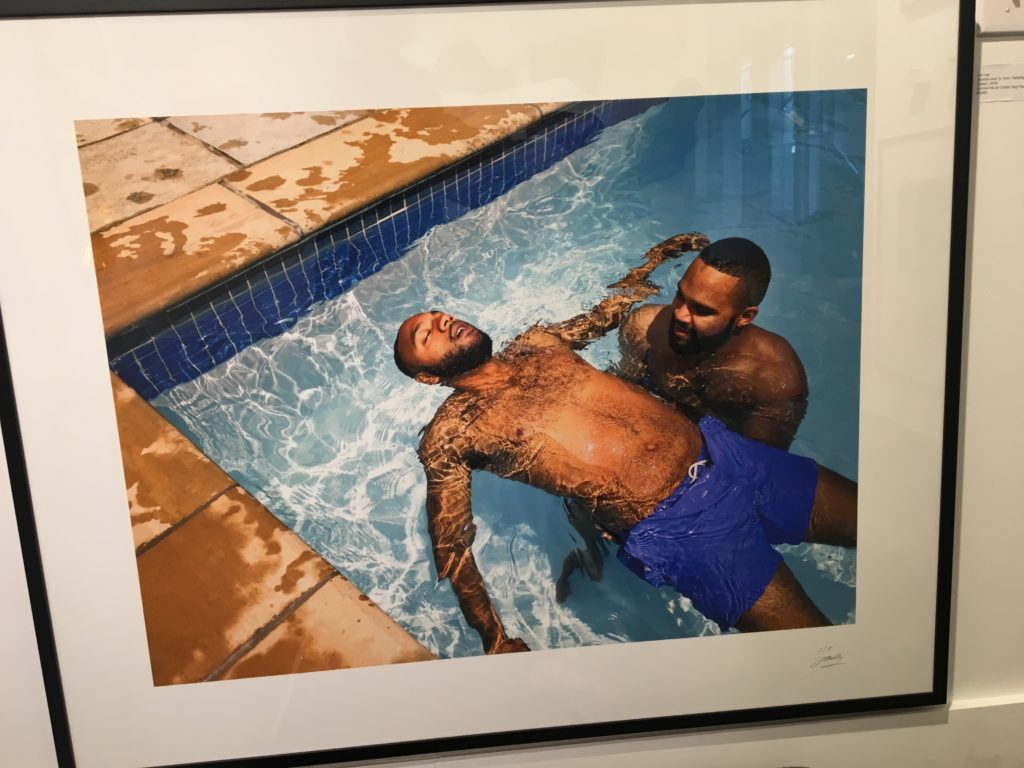

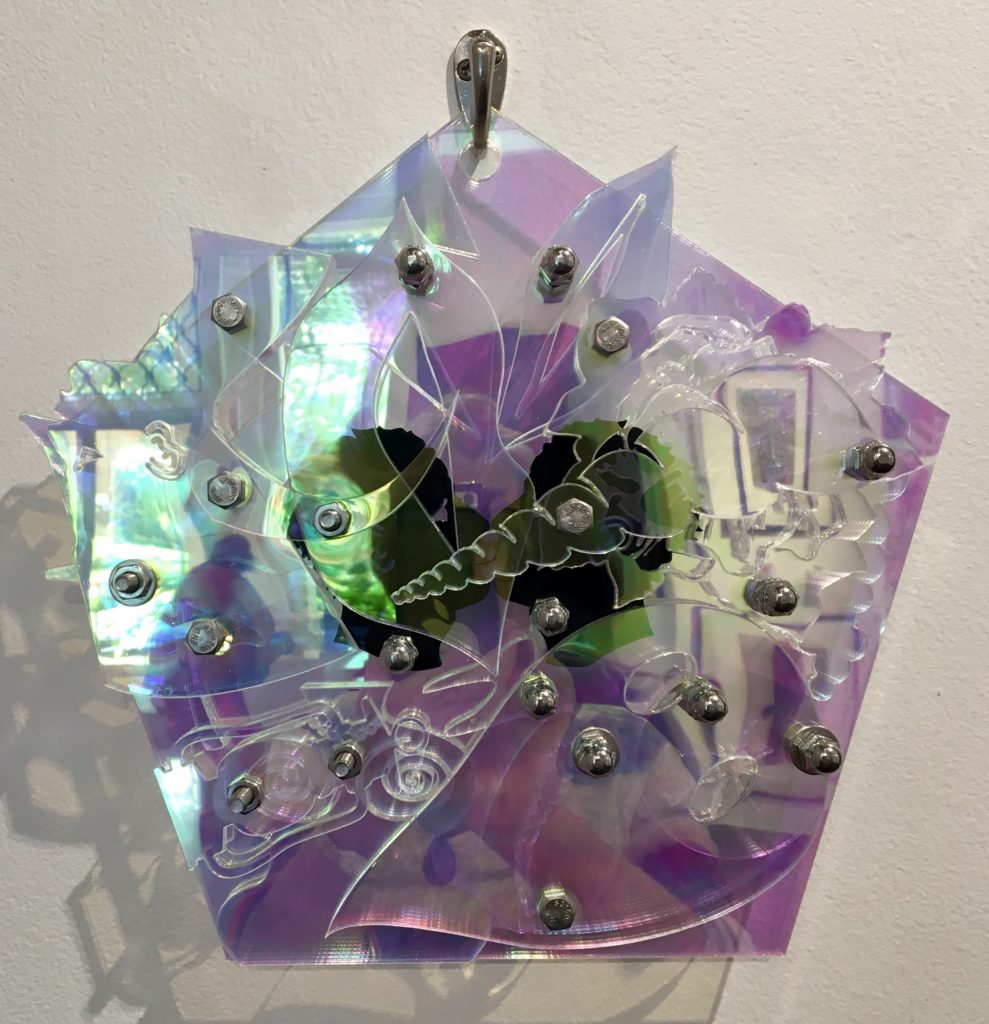

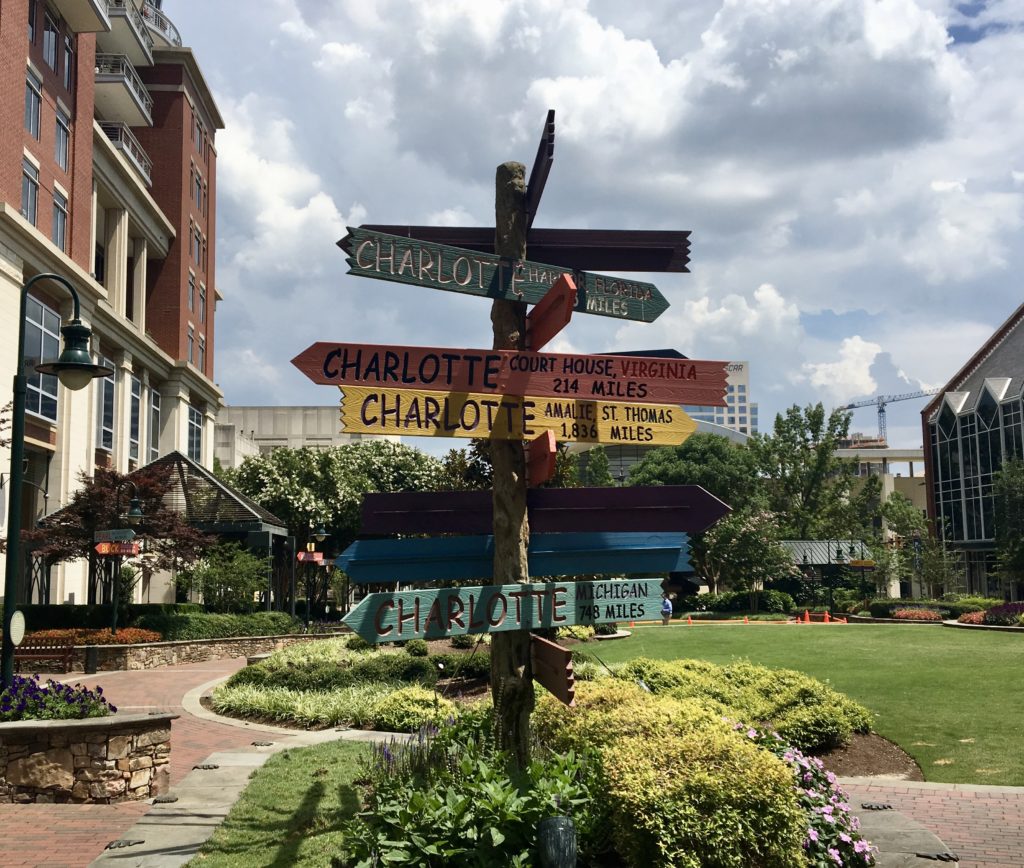
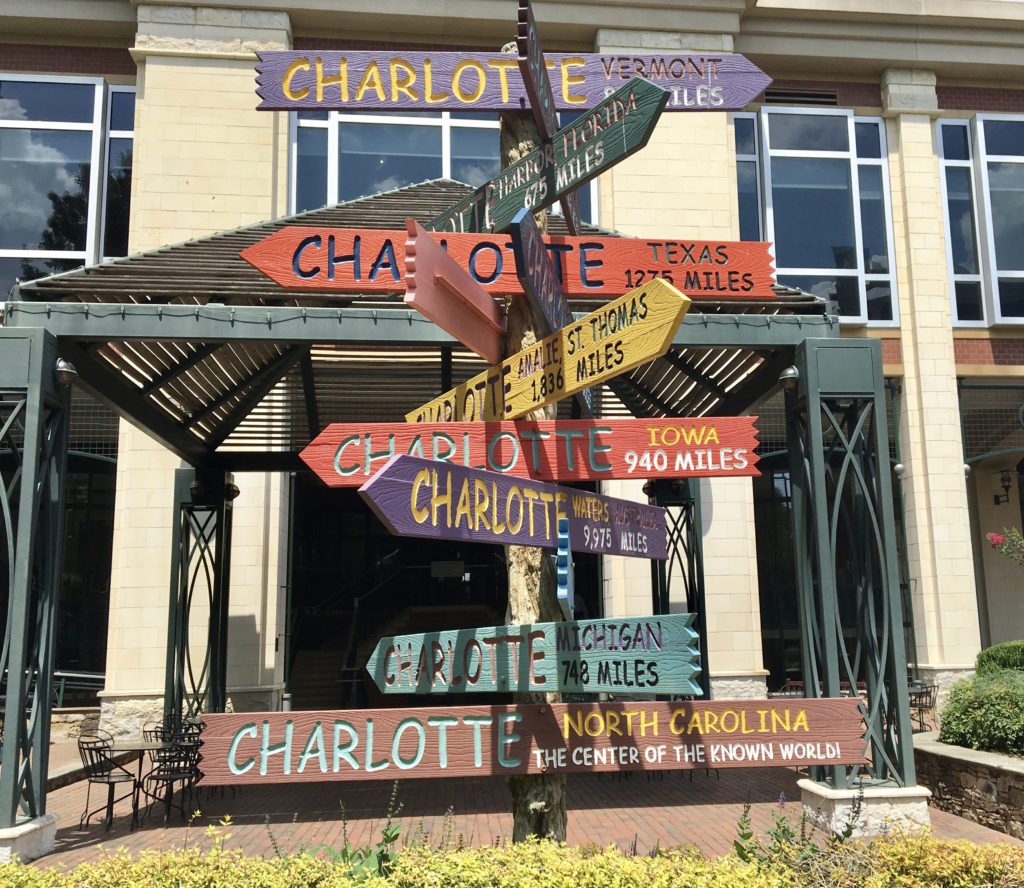
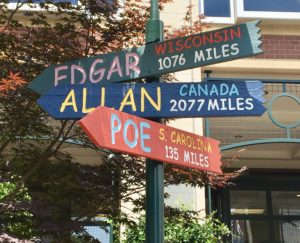
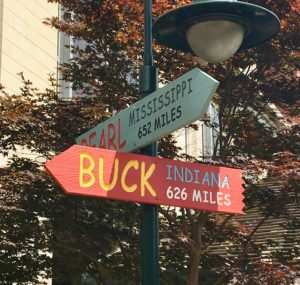

Leave a Reply